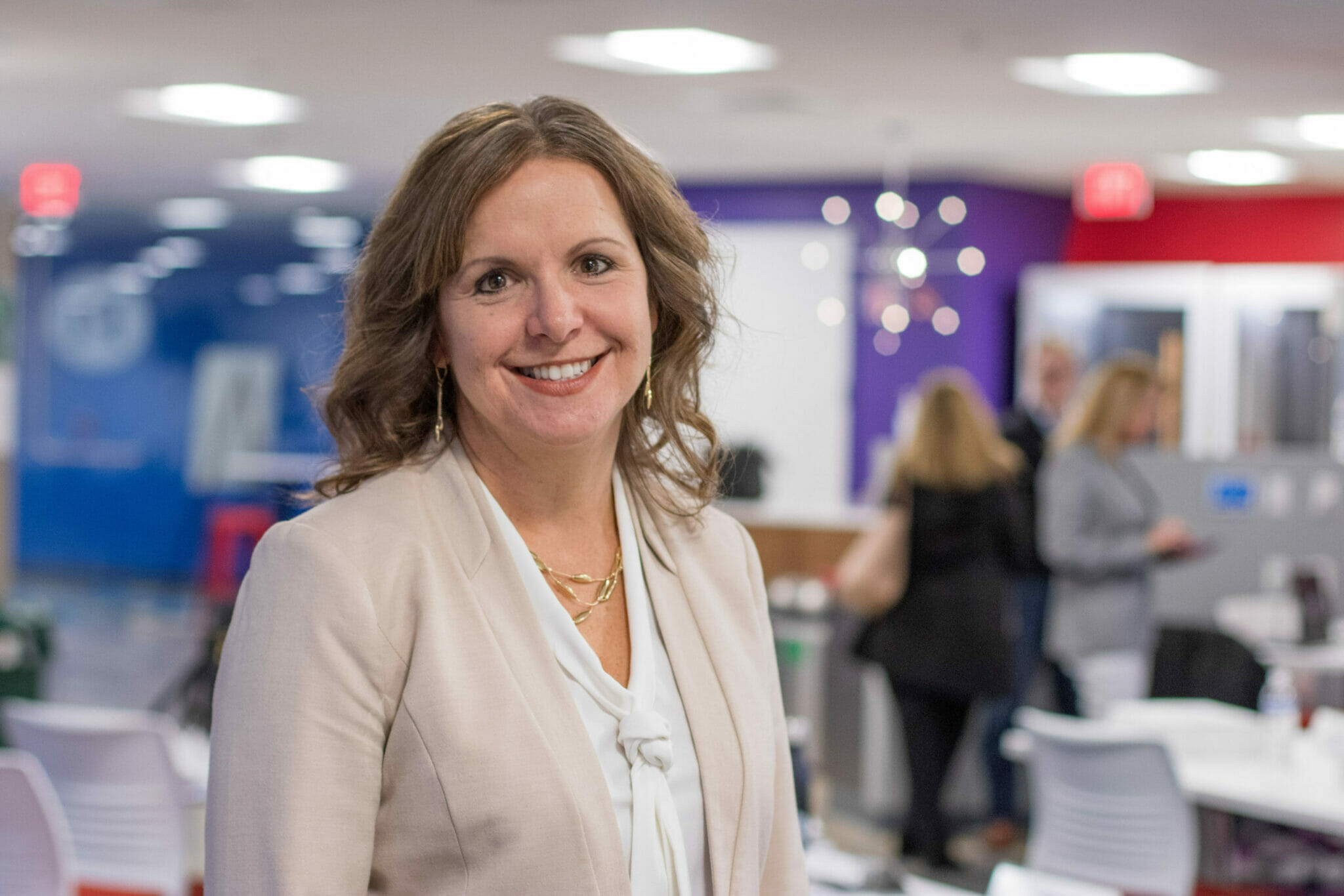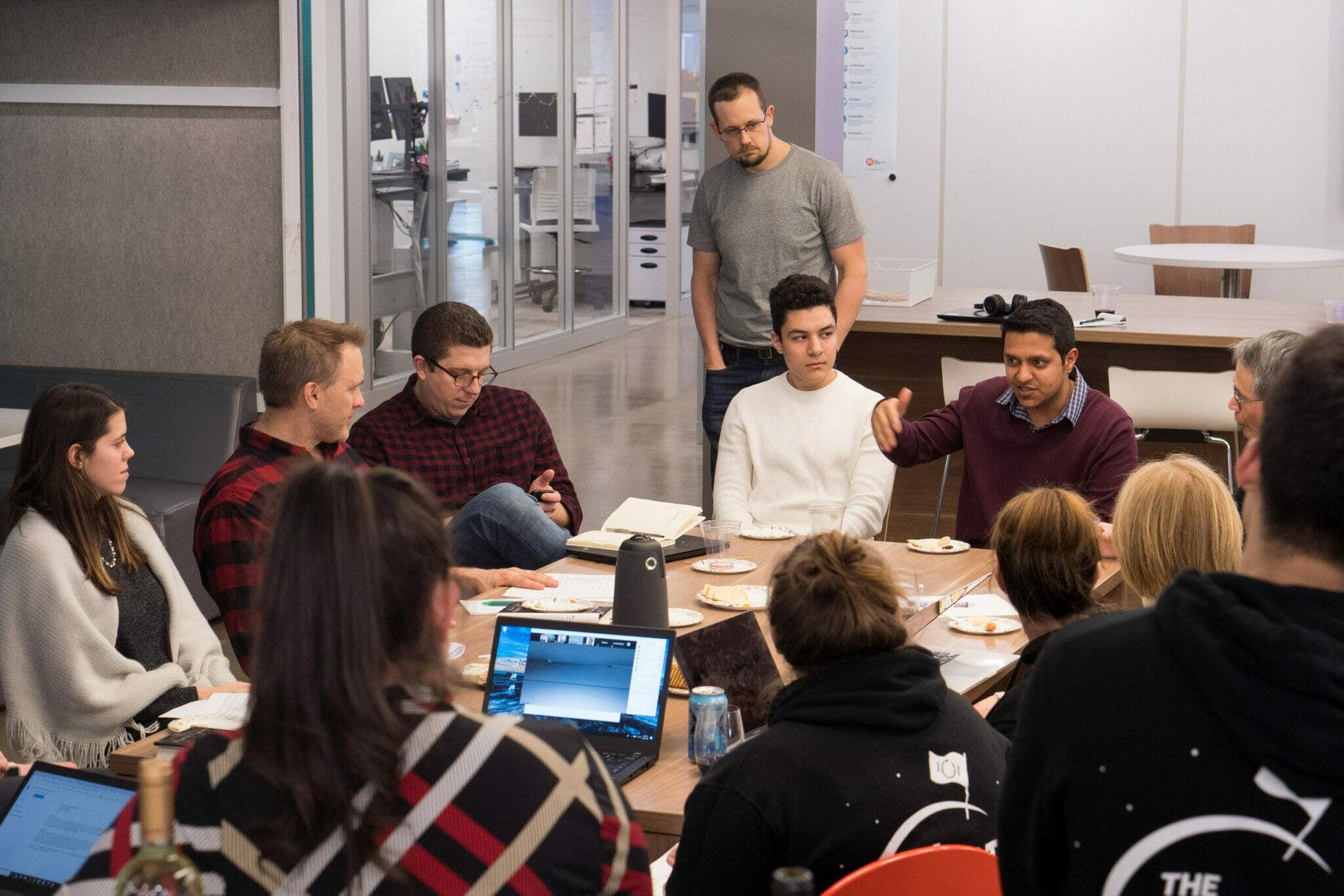When you’re working with clients to solve their business challenges, you might consider having them revisit their mission and vision statements. Too many companies phone it in when writing these key messages because they think mission and vision statements don’t matter. But if approached intentionally and strategically, they can make a massive positive impact.
As you know, companies that understand why they’re in business and have an ultimate goal that propels them forward are more likely to be effective. Mission and vision statements determine how an organization designs its culture and its values. They’re all about the ideal state the company wishes to achieve, and they can even drive key decisions.
If you’re gearing up to help a company craft its mission and vision statements, here’s an eight-step process to follow:
1. Highlight the difference between mission and vision statements.
Employees sometimes struggle to differentiate between mission and vision statements. Take the time to clearly define each one, and help bring them both to life with examples.
Consider SHRM’s definitions as one starting point for showcasing the difference:
“A mission statement is a concise explanation of the organization’s reason for existence.”
“A vision statement looks forward and creates a mental image of the ideal state that the organization wishes to achieve.”
From there, help illustrate the difference (while getting your clients’ creative juices flowing) by looking at several examples from successful companies. For example, consider sharing these mission and vision statements from Amazon:
- Mission: To offer our customers the lowest possible prices, the best available selection, and the utmost convenience.
- Vision: To be Earth’s most customer-centric company, where customers can find and discover anything they might want to buy online, and endeavors to offer its customers the lowest possible prices.
It’s important they know that vision statements should be aspirational—the target to always be striving for.
Feel free to use our “How to develop vision and mission statements” guide, which includes definitions, examples, and presentation templates to help you facilitate client Q&A sessions.

2. Know what constitutes “great.”
Don’t set out to write good mission and vision statements. Strive for fantastic. Just like building a business strategy, a company’s most important messages must be explicit, agreed upon, and expressed in clear terms—skip the complex industry jargon.
3. Work backward.
Mission and vision statements aren’t created in a vacuum; they exist within a business context. Start by getting your clients to ask themselves the important questions: What is our organizational strategy? What are we trying to achieve? Work backward. Make sure these statements align with the strategy.
4. Get the right stakeholders at the table.
Working with a company’s C-Suite is a critical part of the mission and vision statement drafting process. But there are valuable perspectives throughout the organization that can help give shape and nuance to your clients’ mission and vision statements. As the Harvard Business Review noted, “Can leaders credibly talk ‘purpose’ in an organization that pays its chiefs a fortune and treats its staff or other stakeholders badly?”
Encourage your clients to create a stakeholder team that includes execs, directors from different business units, and even a few junior employees who exemplify your values; there are leaders at every level of the organization.
5. Structure the brainstorm and get prepared.
Talk with your client to decide whether you’ll host a single in-office brainstorming session, tackle statement creation during a dedicated retreat, or schedule a series of brainstorm meetings.
Prior to the meeting, send an email to each stakeholder to set the agenda along with any primary discussion points. Some members of the team will be naturally suited to think on the fly—but others (particularly “low B” individuals) prefer to collect their thoughts prior to the meeting and come prepared with notes and ideas.
Always record the meeting or have a dedicated person taking notes.
6. Develop draft mission and vision statements.
After the brainstorm is finished, collate the insights and bucket them by which category they fit into best (mission, vision, or hold as input for a future project). The next step in the process is prioritizing the insights that you’ve discovered and weaving those into mission and vision statements.
Remember, this is a working draft. Focus on getting to a consolidated version that you’re comfortable sharing more widely.

7. Gather feedback and refine your client’s statements.
Once you have a draft of the client’s mission and vision statements, it’s important to test them. Often, getting from the brainstorm to the final draft is an iterative process. Solicit feedback individually and in a group setting. Consider sharing the draft statements with executives, employees, customers, and investors as appropriate.
Rank and prioritize feedback, make changes, then share with the stakholders who will sign off on the final version.
Once your client’s mission and vision statements are finalized, they should be shared with all employees in the company. Consider providing a list of all the ways they can disseminate the information (employee handbooks, onboarding sessions, marketing materials, the company website, etc.).
8. Test and adjust.
It’s OK to give clients permission to test and adjust. The world is changing all around us and business leaders must be willing to revisit their mission and vision statements as needed and ask: Is this messaging still valid?
By working with clients to develop their mission and vision statements, you’re helping to create an important tool that management and employees alike can use to set priorities and find inspiration. Working through the process in a systematic way will help you craft something that stands the test of time, while also helping your client company achieve its larger goals.
Join 10,000 companies solving the most complex people problems with PI.
Hire the right people, inspire their best work, design dream teams, and sustain engagement for the long haul.








